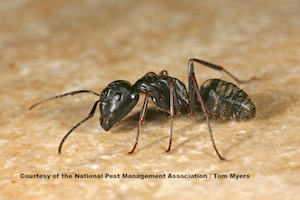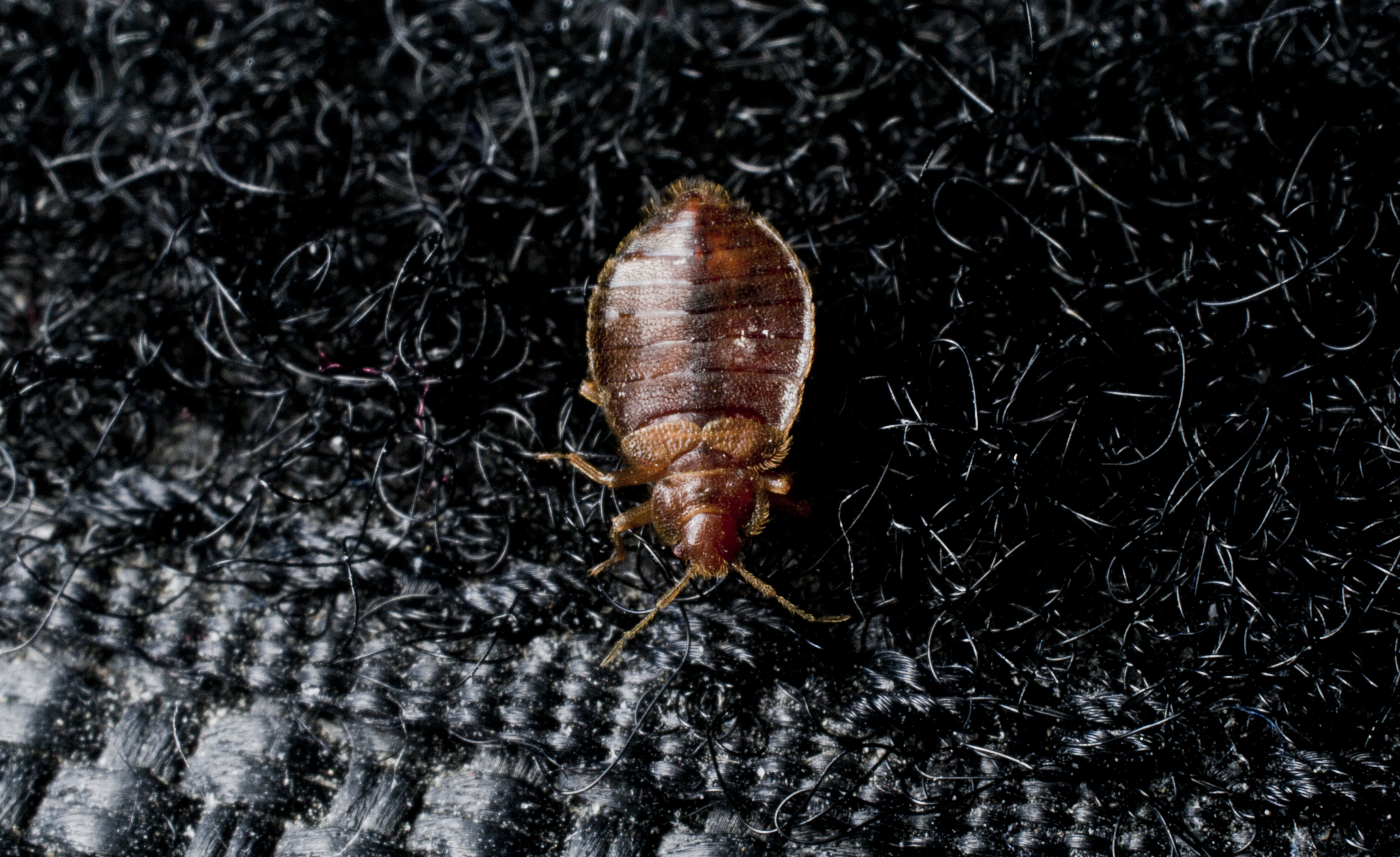Seven Steps to Maintain the Value of Your Home
By Erik Braunitzer, and courtesy of Douglas Elliman Real Estate Company, agents for NYC Apartments
Purchasing a home is a serious investment, so homeowners should be sure to do as much as possible to maintain or even increase the value of their home. Over time many events can detract from the value of the structure, which is why it is important to counteract that with these seven suggestions. Each will help you to increase or maintain the value of your home in order to protect your significant investment:Replacing the roof on your home can be a big investment, but one that is important to maintain the value of your home and prevent issues like leaks. Your roof's lifespan depends on the material used. Expect certain roofs, such as an asphalt shingle roof, to last as few as 15 years. On the more durable end of the spectrum are metal and tile, which can last well over 50 years if properly maintained. In order to properly maintain the roof, be sure to check often for loose shingles and clogged gutters which can result in pooling water and eventual damage.
By keeping these seven important factors in mind, it is possible to maintain or increase the value of your home over several years rather than see its value decrease over time.
-
Curb Appeal
Whether you are having your home valued for a new mortgage, selling it or just want it to look its best at all times, keep in mind that the first thing most people see is the front door and front yard. Although the interior of your home is very important, the exterior should also make a good impression. Spend some time creating an attractive entrance to the home that won't take a lot of time to maintain. Consider a graveled area that looks tidy without needing extensive gardening skills to keep it looking great.
-
Repainting
A coat of paint on both on the interior and exterior of your home is one of the easiest way to give your home a fresh, well-maintained appearance for little investment. Several factors (such as climate and whether or not you have small children or pets) influence how often you will need to repaint your home's interior walls, but as a general rule of thumb it should be done every five years. Painting the ceiling can also brighten up a room quickly and make it look more attractive. A home's exterior generally needs to be repainted less often than the interior, perhaps every ten years or so. If you need to paint your home's exterior, consider whether the primer also needs to be repainted.
-
Update, not Upgrade
Many appliances in the home, as well as things like toilets and heating systems, should be replaced at certain intervals. If you have an older home or plan to live in your current home for a decade or longer, updating appliances will be necessary at some point. However, not every new purchase needs to be an upgrade. When you replace older items, don't feel pressured to purchase the most expensive model each and every time. Whenever possible, however, do try to choose energy efficient appliances that will reduce your energy bills each month and will be attractive to future potential buyers when you do put the house on the market.
-
Clean Regularly
Many homeowners save deep cleaning for the days leading up to a home inspection or even right before an open house. However, this can mean you are faced with a huge amount of work. Make things easier by cleaning regularly. Not only will a clean home have a higher value, but it will age better over time.
-
Protect Your Home From Termites
Termites are perhaps the worst enemy for a wooden structure. Many homeowners wait until the damage is already done by termites, preferring to deal with the problem instead of taking steps to prevent an infestation before it happens. Make life easier - and save time and money down the road - by working with a pest professional to have your home treated for termite prevention before there are any visible signs of termites on your home or property. This can help the home remain structurally sound and maintain its value for years to come.
-
Check Plumbing
One of the most common issues in an older home is the plumbing. Even high-end appliances and high quality plumbing work can cause in leaks and even floods after a certain number of years. To reduce the likelihood of plumbing issues and and help maintain the value of your home, be sure to check faucets, toilets, showers and pipes for leaks. Have a plumber look over your home's plumbing to detect any issues that need to be corrected in order to avoid a potential disaster in the home.
-
Roof Replacement
Replacing the roof on your home can be a big investment, but one that is important to maintain the value of your home and prevent issues like leaks. Your roof's lifespan depends on the material used. Expect certain roofs, such as an asphalt shingle roof, to last as few as 15 years. On the more durable end of the spectrum are metal and tile, which can last well over 50 years if properly maintained. In order to properly maintain the roof, be sure to check often for loose shingles and clogged gutters which can result in pooling water and eventual damage.

Learn About Ants
Ants are a common pest homeowners struggle to eradicate. Learn more about them!

Bed Bug Pest Guide
Traveling for the holidays this year? Be sure to keep an eye out for bed bugs! Use our Pest Guide to help identify this pest.

NPMA's What Grows There? Project
Check out NPMA's What Grows There? project to learn how pests, such as flies, cockroaches and rodents, can spread germs throughout a home.
Find a PEST PRO in your area

Learn About Ants
Ants are a common pest homeowners struggle to eradicate. Learn more about them!

Bed Bug Pest Guide
Traveling for the holidays this year? Be sure to keep an eye out for bed bugs! Use our Pest Guide to help identify this pest.

NPMA's What Grows There? Project
Check out NPMA's What Grows There? project to learn how pests, such as flies, cockroaches and rodents, can spread germs throughout a home.
